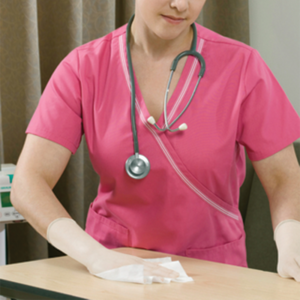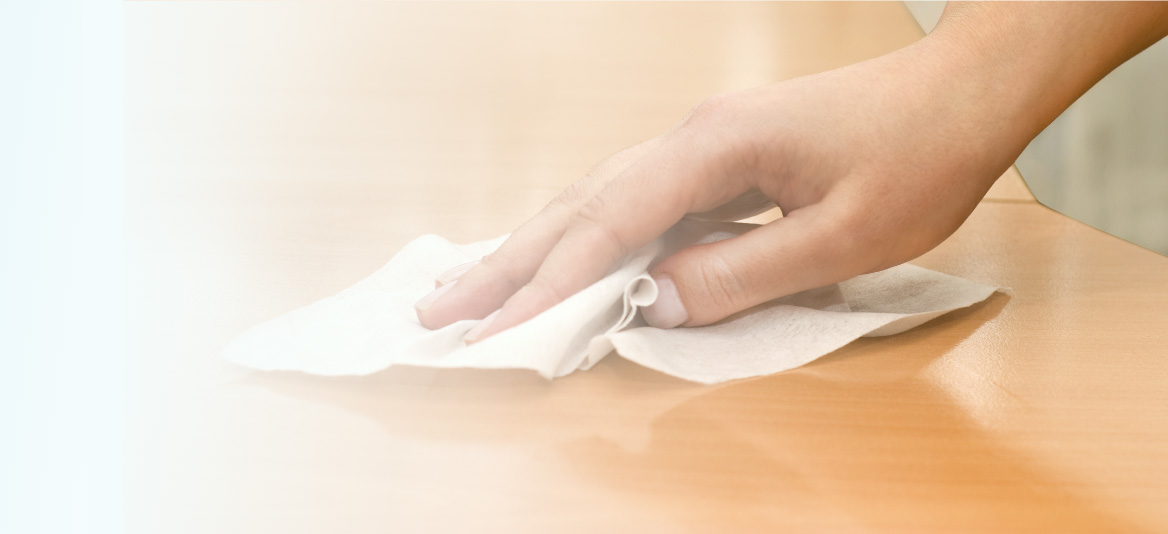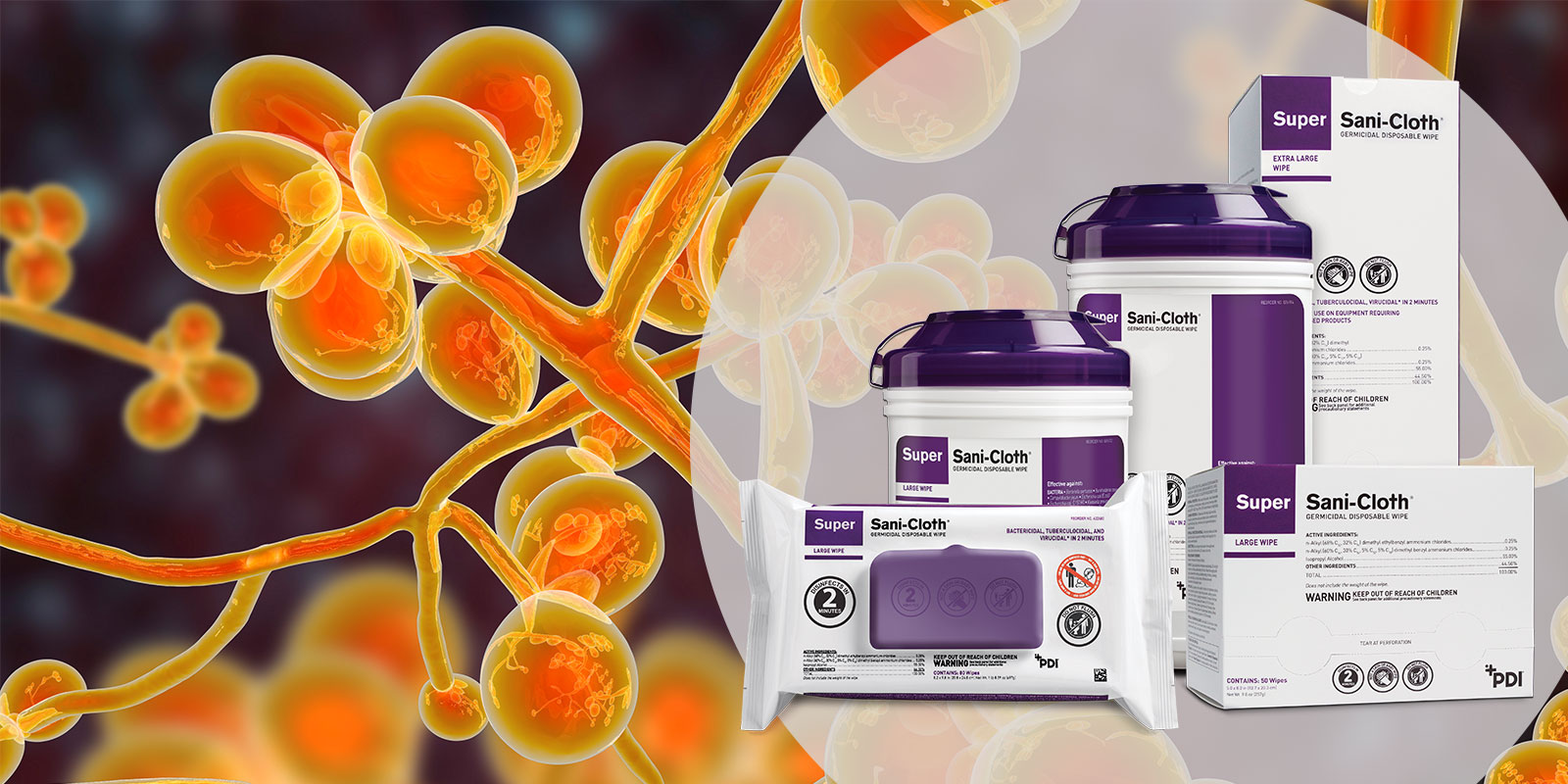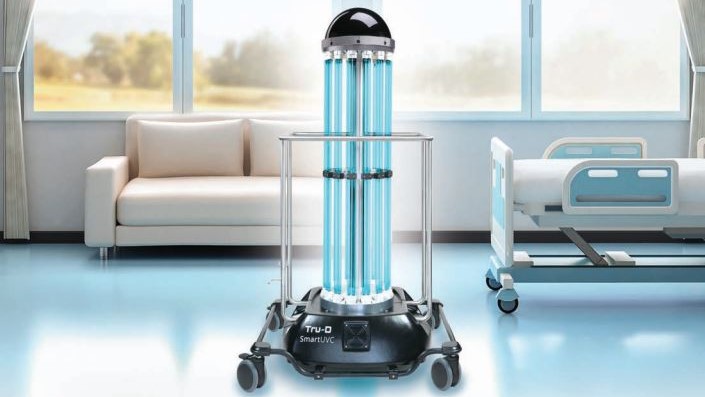Interventional Care


We notice that you are visiting us from . This site only services US-based visitors. Would you like to visit the site that is appropriate for your location?

Like the genome of a multi-drug resistant strain of bacteria, the field of infection prevention does not stay static for long. This year new threats have undoubtedly emerged, new guidelines will come into effect, and new technologies and protocols will further the field. The hope is that the benefits of these positive trends will outweigh the negatives, continuing the gradual decrease in hospital-acquired infections (HAIs) over time.
Below highlights some of the new discussions, products, and approaches that we believe will shape the infection prevention space , empowering medical centers and now long-term care facilities to further reduce their risk.

Instead of relying on one product or method, infection preventionists (IPs) overlay several evidence-based practices to reduce the risk of HAIs. For starters, products and protocols may not be 100% effective due to variations in user techniques and different levels of efficacy. Applying a multi-faceted approach to infection prevention, would cover gaps associated with a single intervention.
Different infection prevention supplies and protocols are used based on the intended procedure and the risk of infection transmission. For example, when inserting a central line, a combination of products and practices are used to optimally break the chain of infection-associated with the environment, the clinician, and the patient. This may include appropriate skin antiseptics, sterile products and gloves, hand sanitizers, surface disinfectant wipes, and proven checklists. The idea is to safeguard against HAIs, and in the most robust way possible, to eliminate pathogen transmission.
We expect the layering approach to continue to build momentum, driven by industry discussions and the availability of new technologies, such as UVC disinfection. Keep an eye on industry expert William A. Rutala, Ph.D., M.P.H., who has published some seminal work in the field. If you’re still getting up-to-speed, Dr. Rutala’s 2019 paper on bundling in health care facilities in the American Journal of Infection Control is an excellent place to start.

Candida-Auris_SuperSaniCloth_1600x800_new
There is a growing and warranted concern over drug-resistant strains of Candida auris. Several strains of this fungus readily spread throughout hospitals and can cause bloodstream infections (candidemia), which are highly lethal in vulnerable patient populations.
In the U.S., the CDC estimates that around 25,000 cases of candidemia occur annually. Along with the devastating human impact, candidemia inevitably demands longer hospital stays and, in turn, increased healthcare costs.
As always, prevention is the best cure – particularly because many strains are multi-drug resistant. To learn more about preventing and eliminating this pervasive fungus from healthcare settings, check out our “Emerging Pathogen Alert – Candida auris” infographic.

It is simple to wipe a non-porous flat surface, but microorganisms can live anywhere which is why every object in a room should be a priority when it comes to cleaning and disinfection. Moreover, how do you do this quickly and routinely every time a room needs to be terminally cleaned? The answer is with UVC, touch-free technology.
Tru-D® SmartUVC robots can accurately calculate the precise dose of UVC light needed to kill up to 99.9% of harmful microorganisms, including the common bacteria, viruses, and protozoa that infiltrate hospitals. As a touch-free solution, UVC rays can penetrate the microorganisms within every nook and cranny in a room.
UVC disinfection devices are easy-to-use, chemical-free, environmentally friendly, and fit nicely into a layered or bundled approach to environmental cleaning and disinfection, serving as a final line of defense that greatly reduces human error.

EasyScreen_AORNGuidelines
Digital technology has increased the sophistication of healthcare. A whole world of information is now available at our fingertips, through everything from customer kiosks to touch-screen computers, to the ubiquitous smartphone. However, touchscreens are also a formidable source of contamination and recontamination with pathogenic microorganisms – undoing the effects of even the best hand sanitizing solution.
Not only are touchscreens in constant use, but the warmth emanating from the devices also creates a fertile breeding ground for microorganisms. In a recent analysis of 100 cell phones collected from patients, doctors, and healthcare staff at a single facility, 93 were contaminated with bacteria and 80% of the bacteria detected were resistant to antibiotics. Healthcare staff often rotate between centers and take these devices everywhere – even to their homes.
So, will this be the year that touchscreen hygiene in clinical settings takes off? The widespread use of screen cleaners, beyond the NICU, is long overdue. Fortunately, innovative products have made routine screen cleaning incredibly easy. Our Easy Screen Cleaning Wipes, for example, are ready-to-go and compatible with the common touchscreen equipment found in hospitals. Due to high rates of recontamination, healthcare staff needs to remain vigilant.